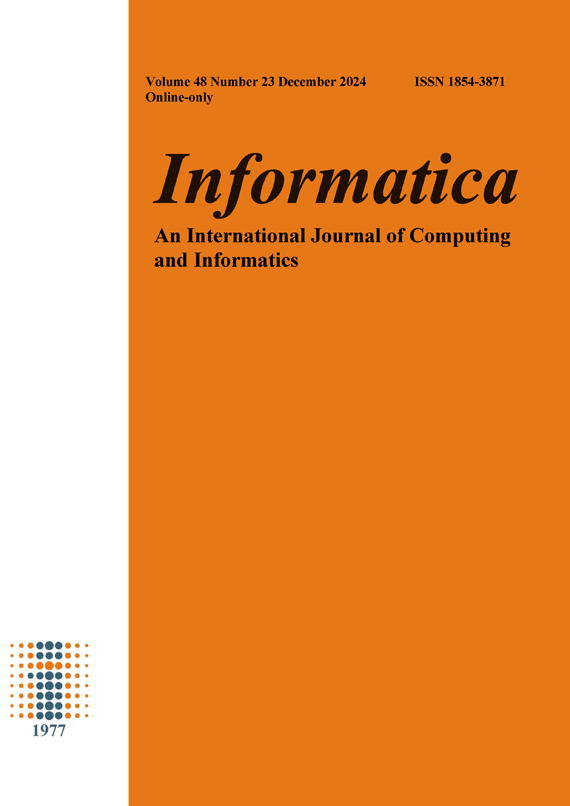Cloud Computing Resource Scheduling Method Based on Optimization Theory
DOI:
https://doi.org/10.31449/inf.v48i23.6901Abstract
To propose a reliable cloud computing task deployment algorithm for the optimization theory. The current research on cloud computing task deployment mostly only focuses on one of the two goals: reliability and optimization theory. This paper studies how to provide fault tolerance for task execution failure while minimizing the number of servers used to perform all tasks, thus reducing the problem of optimization theory. This article provides fault recovery capability through task replication, providing two instances of each task that makes up the job. Task copies can be deployed either on a dedicated backup server or to the server where the main task is located, by sharing the same computing resources and running at less than the execution speed of the main task. We propose a reliable cloud computing task deployment algorithm for optimizing theoretical optimization and service quality perception. For users, the completion time of the service is usually limited, and if a timeout occurs, it will cause a loss to the cloud service provider. For the actual completion time performance of the task at the last moment, the algorithm RER is about 2% to 10% more than the algorithm QSRE at xtr = 0.75. Time out times of the algorithm RER (xtr = 0.75). If the task fails at a random time, the algorithm RER (xtr = 0.75) has 10% -15% probability over the execution time period of the job, and the algorithm RER has 42% to 63% probability of timeout. The algorithm RER (xtr = 0.5) is 12% to 22% less than the algorithm QSRE. This paper studies how to minimize the number of servers used to perform all task copies while ensuring service quality and providing fault tolerance, thus reducing the problem of optimization theory. This deployment for different sizes of task copy of different sizes, deployed to a dedicated backup server with different execution speed, to ensure that the fault after the task copy can still be completed in the user required time, this paper proposed a service quality perception and energy saving reliable task copy deployment algorithm. This method can control the prediction error below 2%. For the historical data of resource usage with non-linear input data amount, sample prediction value and error prediction value. This strategy weights different sample data and takes the error prediction value as the correction parameter of the final prediction value. Compared with the original least squares method and Hyper Log base estimation algorithm, using the optimization strategy in this paper can reduce the prediction error by about 70% and 50%, respectively. For the task scheduling problem of cloud computing, this paper proposes a priority allocation algorithm TDP based on task latency time. Task latency time refers to the longest time in which the task can be delayed under the premise of not affecting the completion time of the task.Downloads
Published
Issue
Section
License
I assign to Informatica, An International Journal of Computing and Informatics ("Journal") the copyright in the manuscript identified above and any additional material (figures, tables, illustrations, software or other information intended for publication) submitted as part of or as a supplement to the manuscript ("Paper") in all forms and media throughout the world, in all languages, for the full term of copyright, effective when and if the article is accepted for publication. This transfer includes the right to reproduce and/or to distribute the Paper to other journals or digital libraries in electronic and online forms and systems.
I understand that I retain the rights to use the pre-prints, off-prints, accepted manuscript and published journal Paper for personal use, scholarly purposes and internal institutional use.
In certain cases, I can ask for retaining the publishing rights of the Paper. The Journal can permit or deny the request for publishing rights, to which I fully agree.
I declare that the submitted Paper is original, has been written by the stated authors and has not been published elsewhere nor is currently being considered for publication by any other journal and will not be submitted for such review while under review by this Journal. The Paper contains no material that violates proprietary rights of any other person or entity. I have obtained written permission from copyright owners for any excerpts from copyrighted works that are included and have credited the sources in my article. I have informed the co-author(s) of the terms of this publishing agreement.
Copyright © Slovenian Society Informatika








